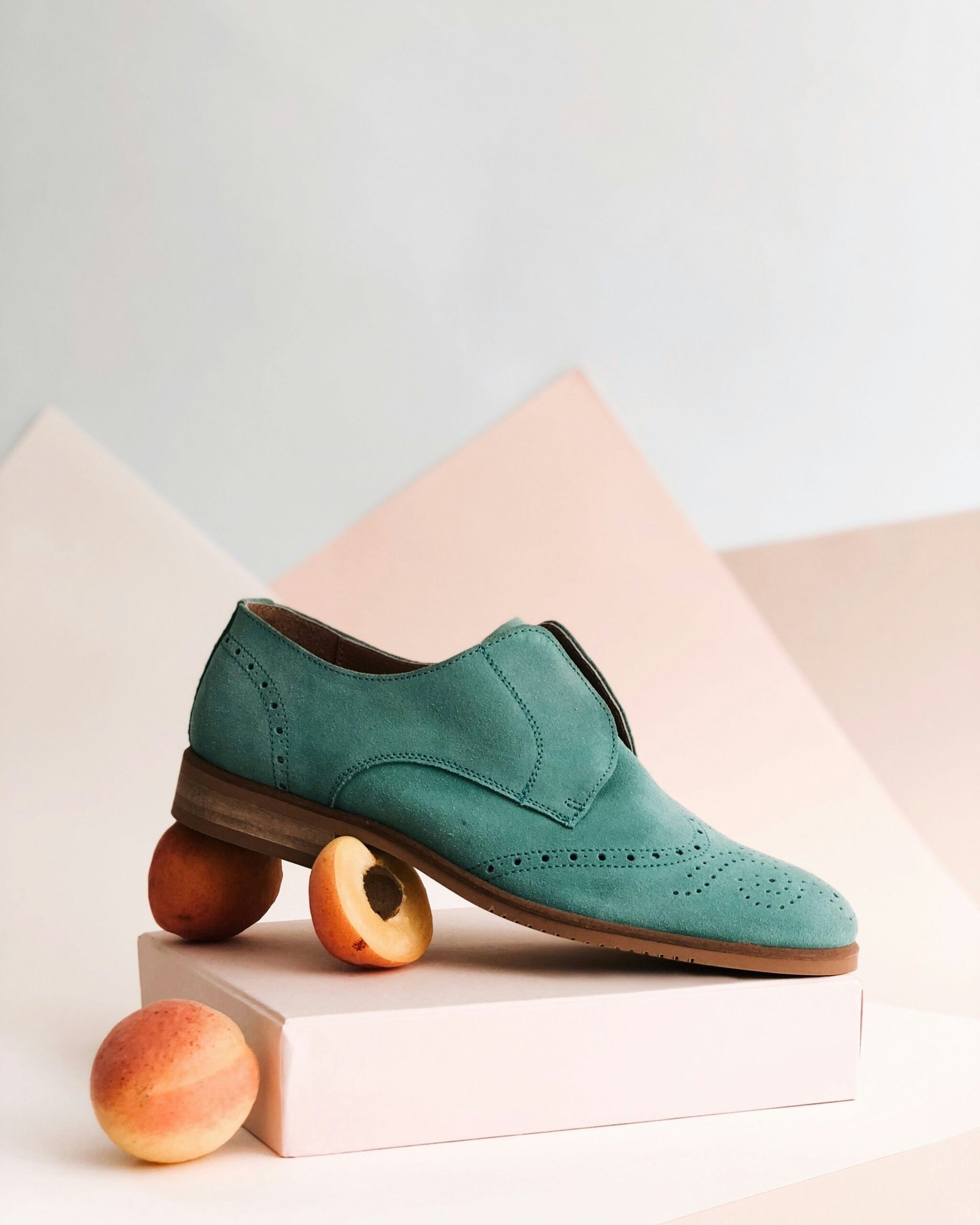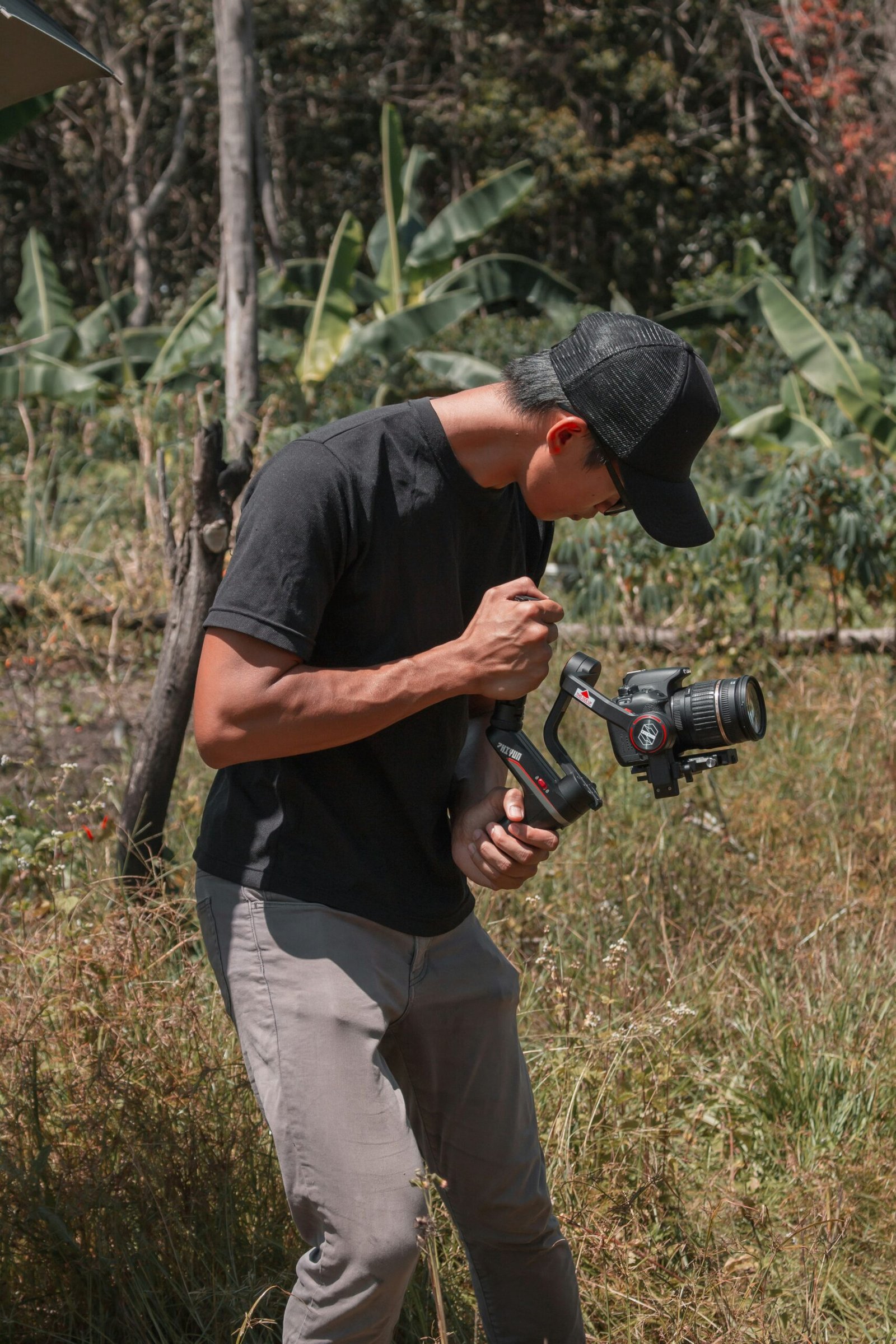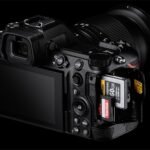
The Importance of Product Photography in E-Commerce
In the rapidly evolving world of e-commerce, product photography serves as a critical element that can make or break a sale. High-quality product images significantly influence purchasing decisions and shape the overall perception of your brand. In an environment where customers cannot physically touch or inspect products, visuals play a pivotal role in bridging this gap. Clear, detailed, and aesthetically pleasing photos help instill trust and convey a sense of professionalism.
The research underscores the influence of product photography on sales performance. A study conducted by MDG Advertising revealed that 67% of consumers stated that the quality of a product image is “very important” in selecting and purchasing a product. Moreover, items accompanied by professional-grade photographs tend to have higher conversion rates compared to those with lower-quality images. BigCommerce reported that products with multiple high-quality images could increase conversions by 58% and reduce returns as they provide customers with a more accurate representation of the product.
Case studies further corroborate these findings. For instance, an A/B test conducted by Visual Website Optimizer on an online retailer’s website demonstrated that product pages showcasing superior photography saw a 9.46% spike in purchases compared to those displaying stock or low-quality images. This indicates that investing in top-notch product photography not only enhances the user experience but also directly correlates with improved sales figures.
Another notable example is that of Knoll, a furniture company that shifted to using high-resolution, detailed images on its e-commerce platform. This change resulted in a 30% increase in sales, illustrating the power of well-executed product photography.
In sum, the importance of product photography in e-commerce cannot be overstated. High-quality images do more than just display products; they establish credibility, engage customers, and drive sales, making them a cornerstone of any successful online retail strategy.
Key Aspects of High-Quality Product Photography
High-quality product photography is pivotal in captivating potential customers and boosting sales. One of the foundational elements is lighting. Achieving the right lighting can highlight the crucial features of a product, reduce unwanted shadows, and present the item in its best light. Natural light or professionally set up artificial lighting can make a significant difference in how the product appears to the buyers.
Composition is another essential component. Proper composition ensures that the product is the focal point of the photograph. Adhering to principles such as the rule of thirds or using leading lines can add a professional touch, drawing the viewer’s eye directly to the product. Careful framing and ensuring that the product is centered and prominently positioned is critical in achieving a balanced and appealing photo.
Background plays a crucial role in showcasing products effectively. A clutter-free and complementary background ensures the product stands out without distractions. Neutral backgrounds are often chosen to keep the focus on the product, whereas vibrant backgrounds can be used to convey a particular brand aesthetic or context.
Including the context within product, photos can significantly enhance a buyer’s understanding and perception. Contextual photography places the product in real-life scenarios, helping customers visualize how and where it can be used. This approach often makes the product more relatable and appealing.
Detail shots are indispensable for high-quality product photography. These close-up images highlight the finer aspects of a product, such as texture, material, and intricate designs. Detail shots can be instrumental in providing customers with the information they need to make informed purchasing decisions.
Lastly, post-processing should not be overlooked. Techniques such as color correction, retouching, and enhancing brightness and contrast can polish the final image, ensuring it looks professional and attractive. However, moderation is key, as over-editing can sometimes lead to a misrepresentation of the product.
By focusing on these key aspects, one can create compelling product images that significantly contribute to attracting and convincing potential customers to make a purchase.
Lighting Techniques for Capturing Details and True Colors
The pivotal role of lighting in product photography cannot be overstated. Effective lighting techniques are crucial for capturing the intricate details and true colors of products, creating images that not only attract but also inform potential buyers. Proper lighting illuminates the subject evenly, reduces shadows, and brings out the texture, color, and form, making the product appear as realistic and appealing as possible.
Natural lighting offers a cost-effective solution and provides a soft, inviting look to product photos. The key is to utilize indirect sunlight to avoid harsh shadows and overexposure. Photographing near a large window with diffused sunlight, perhaps moderated with sheer curtains, can yield flattering results. This method is particularly advantageous for lifestyle product shots that benefit from a more natural ambiance.
However, certain products, particularly those requiring controlled environments, benefit from studio lighting. Studio lighting setups allow for precision, offering flexibility to highlight specific product features. Using tools like softboxes, reflectors, and LED lights, photographers can manipulate light intensity and direction to eliminate shadows and highlight textures. For instance, softboxes can create a uniform light that wraps around the product, while reflectors can bounce light back into underlit areas, minimizing harsh contrasts.
It’s also essential to understand how different lighting temperatures impact the product’s color accuracy. Warmer lights (measured in Kelvin) can impart a yellowish tint while cooler lights give a bluish hue. A balanced, neutral light around 5000K-5500K is generally preferred to render true color representation, ensuring that what the consumer sees in the photograph matches the actual product.
Practical tips for achieving optimal lighting include focusing on the angle and intensity of light. Side lighting can enhance texture by emphasizing shadows and highlights, effective for products with intricate surfaces. Overhead lighting might be suitable for flat lays, ensuring even coverage. Additionally, using a light meter can help achieve the desired exposure, guiding adjustments to meet specific lighting needs for diverse products.
In conclusion, mastering lighting techniques in product photography is essential. It’s a blend of science and art that, when executed correctly, leads to captivating and true-to-life images that significantly impact consumer purchase decisions.
Composition Strategies to Highlight Key Features
In the realm of product photography, composition is a critical element that can significantly influence how a product is perceived by potential buyers. Effective composition not only enhances the visual appeal of the product but also draws attention to its key features. An essential composition technique is the rule of thirds, which involves dividing the image into nine equal segments by two equally spaced horizontal lines and two equally spaced vertical lines. Positioning the product along these lines or at their intersections can create a balanced and engaging image.
Another powerful compositional tool is the use of leading lines. These are natural lines within the image that guide the viewer’s eye towards the product. Leading lines can be anything from the edges of a table to the folds in a fabric, and they help focus attention on the most important aspects of the product. For instance, photographing a watch along the diagonal of an image with the strap acting as a leading line can direct the gaze towards the watch’s face, highlighting its intricate design.
Additionally, using negative space effectively can play a significant role in emphasizing product features. Negative space refers to the empty areas around and between the subject. By allowing sufficient negative space, the product can stand out more prominently, making it the focal point of the image. This technique is particularly useful when photographing products like jewelry or electronics, where the clean lines and sleek design need to be highlighted.
Practical application of these compositional rules can transform product images from ordinary to extraordinary. For instance, a photograph of a smartphone can be enhanced by placing it against a minimalist background, employing the rule of thirds to position it off-center, and using leading lines from nearby objects to guide the viewer’s eyes towards its screen. By thoughtfully considering composition, product photographers can create visually compelling images that effectively showcase the product’s best features and ultimately help in driving sales.
Choosing the Right Backgrounds and Contexts
Selecting the appropriate background for product photography is crucial for presenting your products in the best possible light. Clean, uncluttered backgrounds, often white or neutral in color, serve to highlight the product itself by eliminating distractions. These backgrounds make the product the focal point, ensuring that potential buyers can clearly see all its features and details. They are often the preferred choice for e-commerce platforms, where clarity and consistency in product images are paramount.
Conversely, lifestyle backgrounds place the product within a real-life context, conveying how the item could fit into the customer’s daily life. This type of product photography can evoke emotions and create a narrative, making it easier for potential buyers to envision themselves using the product. These backgrounds are particularly effective for products requiring a demonstration of use or for items that benefit from a visual story, such as furniture, clothing, or home decor.
Choosing between a clean background and a lifestyle setting depends largely on the nature of the product and the marketing message. For high-tech gadgets, cosmetics, or jewelry, a simple, uncluttered background is often best to highlight the product’s intricate features. On the other hand, lifestyle images are ideal for products where context adds value, such as showing a coffee maker on a kitchen counter or a pair of shoes on a trail. These photos can illustrate the product’s size, fit, and suitability in a natural setting, enhancing perceived value and appeal.
When creating lifestyle photos, consider using authentic settings that reflect the target audience’s environment. Natural lighting, appropriate props, and relatable scenarios can significantly enhance the image’s effectiveness. Ensure that the scene complements the product without overshadowing it. Attention to detail, such as coordinating colors and maintaining a balanced composition, can make a significant difference in the quality of your product photography.
The Power of Close-Ups and Detail Shots
Close-up shots, often referred to as macro photography, play a pivotal role in product photography, especially when depicting intricate details or unique textures. Such images allow potential customers to scrutinize the product closely, offering a view that they would typically get only when holding the product in their hands. This can be particularly compelling for items like jewelry, textiles, handcrafted goods, and electronics, where minutiae make a significant impact.
Capturing effective close-up shots requires specific techniques and equipment. A macro lens, for instance, is designed to capture minute details with high precision. These lenses have a shorter minimum focusing distance, enabling photographers to get closer to the subject without compromising the sharpness of the image. Additionally, a tripod is crucial for maintaining stability, especially at closer ranges where even slight movements can result in blurred images.
Lighting is another critical factor. In close-up shots, shadow and light play a more pronounced role, thus soft, diffused lighting can help reduce harsh shadows and highlight the textures and details of the product. A ring light or LED panels can provide the consistent illumination required for macro photography. Moreover, the use of reflectors can help in bouncing light onto the product, showcasing its features more vividly.
Proper camera settings are essential for achieving the desired results. Using a small aperture (higher f-stop number) increases the depth of field, ensuring more of the product is in sharp focus. However, it’s crucial to balance this with the need for sufficient light and exposure time. Setting a low ISO will minimize noise, ensuring the intricate details are captured clearly.
While close-ups are crucial, they should be balanced with other types of product images to provide a holistic view. Lifestyle shots, wide-angle images, and 360-degree views can complement close-ups by placing the product in context and displaying its functionality. This comprehensive display captures the interest of potential customers and offers them a complete understanding of the product.
Effective Post-Processing and Editing Techniques
Post-processing is a critical step in product photography, serving to refine and perfect images to highlight the best aspects of your products. This stage involves a series of carefully considered edits that can significantly elevate the visual appeal of your photographs without veering into artificiality. By skillfully adjusting lighting, removing imperfections, and ensuring accurate color representation, post-processing aims to present your products in their most attractive and true-to-life form.
One of the foremost types of edits involves adjusting lighting. Given that even the best-photographed images can suffer from suboptimal lighting conditions, post-processing allows for the enhancement of brightness and contrast. This ensures that the product stands out and catches the viewer’s eye while maintaining a balanced exposure. Equally important is color correction, which guarantees that the hues in the photograph accurately reflect the actual product. This adjustment is particularly vital in avoiding any customer dissatisfaction due to color inaccuracies.
Another common and necessary edit is the removal of imperfections. No matter how meticulously a product is prepared before a photoshoot, small flaws can still make their way into the final image. These imperfections might include dust marks, scratches, or small defects that can distract from the product’s overall appeal. Using tools in editing software to erase or mitigate these flaws ensures a cleaner, more professional appearance. However, it is crucial to apply such corrections with a light hand to avoid over-editing, which can make the image look unnatural.
Maintaining realism is paramount in post-processing. Over-editing can alienate potential customers by presenting an exaggerated or misleading depiction of the product. Subtlety in enhancements aids in preserving authenticity, ensuring the final image is both polished and representative of the actual item. A guideline to follow is to make incremental changes and regularly compare the edited image to the original, ensuring that adjustments improve but do not distort the product’s portrayal.
In conclusion, effective post-processing and editing techniques are indispensable in product photography. Through thoughtful enhancements that respect the integrity of the original photo, post-processing serves to produce compelling, accurate and professional images that boost sales by winning customer trust and engagement.
Integrating 360-Degree and Interactive Photos
In the evolving landscape of e-commerce, integrating 360-degree and interactive photos into product listings has emerged as a potent tool for enhancing customer experience and driving sales. These immersive images offer potential buyers a comprehensive view of products, simulating the tactile experience of in-store shopping. Research indicates that such visual interactivity significantly boosts customer confidence, reduces return rates, and enhances overall engagement.
To create high-quality 360-degree photos, you will need a reliable setup that includes a DSLR camera, a sturdy tripod, and a turntable. The process involves capturing multiple images at consistent intervals around the product, which are then stitched together using software like Adobe Photoshop or specialized tools such as Autodesk 3ds Max. For those preferring a more streamlined approach, there are user-friendly applications like Sirv and Spinzam, offering comprehensive solutions for creating and integrating interactive visuals.
The technical know-how extends beyond mere photography; optimizing these images for e-commerce platforms is crucial. Ensuring that the interactive photos are responsive and load quickly on different devices is essential to maintaining user engagement. Employing compression techniques and Content Delivery Networks (CDNs) can aid in faster loading times, thereby improving the overall customer experience.
Furthermore, integrating 360-degree photos with interactive elements, such as hotspots that offer additional product information or zoom features, can amplify their impact. Recent trends reveal a marked increase in consumer preference for interactive product displays. A study by Shopify noted a 40% surge in conversion rates for listings featuring 360-degree images, underscoring their effectiveness in influencing purchase decisions.
Incorporating these advanced imaging techniques into your product photography strategy not only aligns with contemporary consumer behavior but also sets your offerings apart in a competitive market. As e-commerce continues to grow, leveraging the power of 360-degree and interactive photos will undeniably play a pivotal role in captivating and converting potential customers.
Reference Links:
- The Ultimate Guide to Product Photography – Shopify provides a comprehensive guide on product photography, covering everything from equipment to editing.
- Product Photography Tips to Increase Sales – BigCommerce discusses how to take product photos that boost your online sales.
- How to Master E-commerce Product Photography – BigCommerce offers a detailed guide to mastering product photography for e-commerce.
Video Link:
- Video: Product Photography Tutorial for Beginners – A YouTube tutorial that walks through the basics of product photography, including lighting, composition, and editing techniques to create professional-looking images.
These resources will help you capture compelling product photos that not only showcase your products effectively but also enhance your brand’s visual appeal and drive sales.




